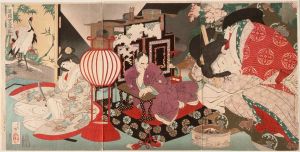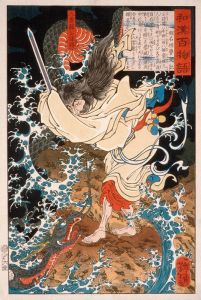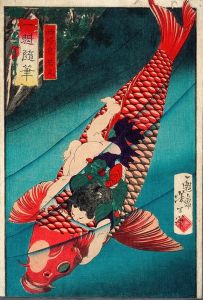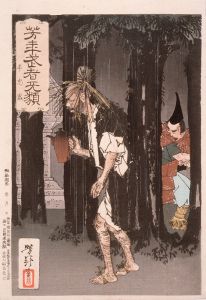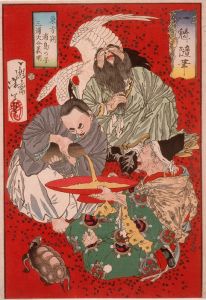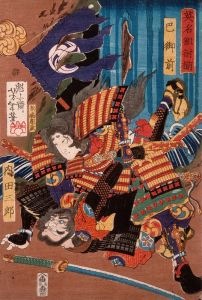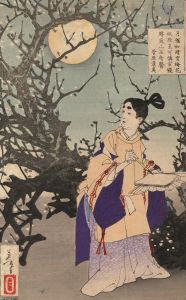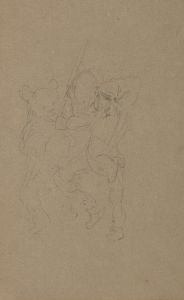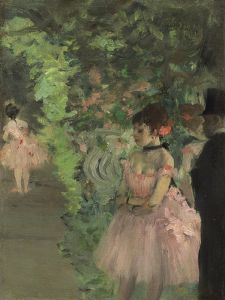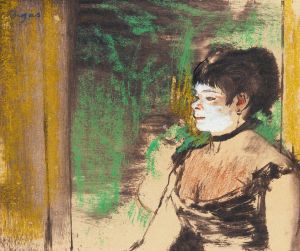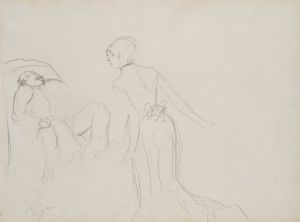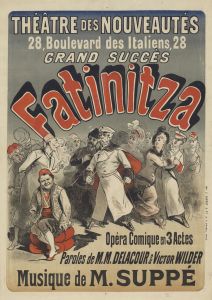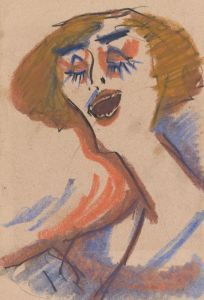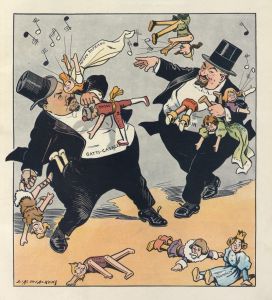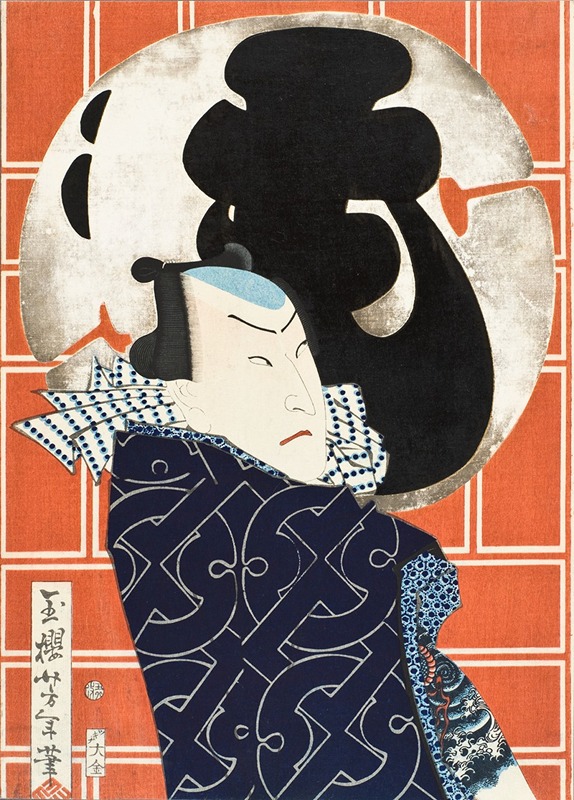
The Actor Bandō Hikosaburō V and the Mo troupe
A hand-painted replica of Tsukioka Yoshitoshi’s masterpiece The Actor Bandō Hikosaburō V and the Mo troupe, meticulously crafted by professional artists to capture the true essence of the original. Each piece is created with museum-quality canvas and rare mineral pigments, carefully painted by experienced artists with delicate brushstrokes and rich, layered colors to perfectly recreate the texture of the original artwork. Unlike machine-printed reproductions, this hand-painted version brings the painting to life, infused with the artist’s emotions and skill in every stroke. Whether for personal collection or home decoration, it instantly elevates the artistic atmosphere of any space.
"The Actor Bandō Hikosaburō V and the Mo troupe" is a woodblock print created by the renowned Japanese artist Tsukioka Yoshitoshi. Yoshitoshi, who lived from 1839 to 1892, is celebrated for his innovative approach to ukiyo-e, a genre of Japanese art that flourished from the 17th through the 19th centuries. His works often depicted historical scenes, kabuki actors, and supernatural themes, contributing significantly to the transition of traditional Japanese art into the modern era.
This particular print features Bandō Hikosaburō V, a prominent kabuki actor of the Edo period. Kabuki, a classical Japanese dance-drama, is known for its stylized performances, elaborate costumes, and the use of male actors to portray both male and female roles. Bandō Hikosaburō V was part of a lineage of actors who carried the Bandō name, a tradition in kabuki where stage names are passed down through generations. These actors were highly respected and often depicted in ukiyo-e prints, which served as both promotional materials and collectibles for fans of the theater.
The Mo troupe, referenced in the title, likely indicates a group of performers associated with a particular kabuki production or theater company. During the Edo period, kabuki troupes were organized into familial hierarchies and were central to the cultural life of Japan. The collaboration between actors like Bandō Hikosaburō V and artists like Yoshitoshi highlights the interconnectedness of visual art and theater in Japanese culture.
Yoshitoshi's work is characterized by its dynamic composition and attention to detail, capturing the essence of the kabuki performance. His prints often convey the dramatic intensity and emotional depth of the characters, reflecting the theatricality of the kabuki stage. In "The Actor Bandō Hikosaburō V and the Mo troupe," Yoshitoshi likely employed vibrant colors and intricate patterns to bring the scene to life, a hallmark of his artistic style.
This print is part of Yoshitoshi's broader oeuvre, which includes series such as "One Hundred Aspects of the Moon" and "New Forms of Thirty-Six Ghosts." These series demonstrate his fascination with historical and supernatural themes, as well as his ability to blend traditional Japanese aesthetics with modern influences. Yoshitoshi's work remains influential, offering insight into the cultural and artistic transitions of Meiji-era Japan.
While specific details about the exact performance or context depicted in "The Actor Bandō Hikosaburō V and the Mo troupe" may not be extensively documented, the print serves as a testament to the enduring legacy of kabuki theater and the skill of artists like Yoshitoshi in capturing the spirit of their time. His contributions to the art world continue to be celebrated, and his prints are highly valued by collectors and scholars alike for their historical significance and artistic merit.





